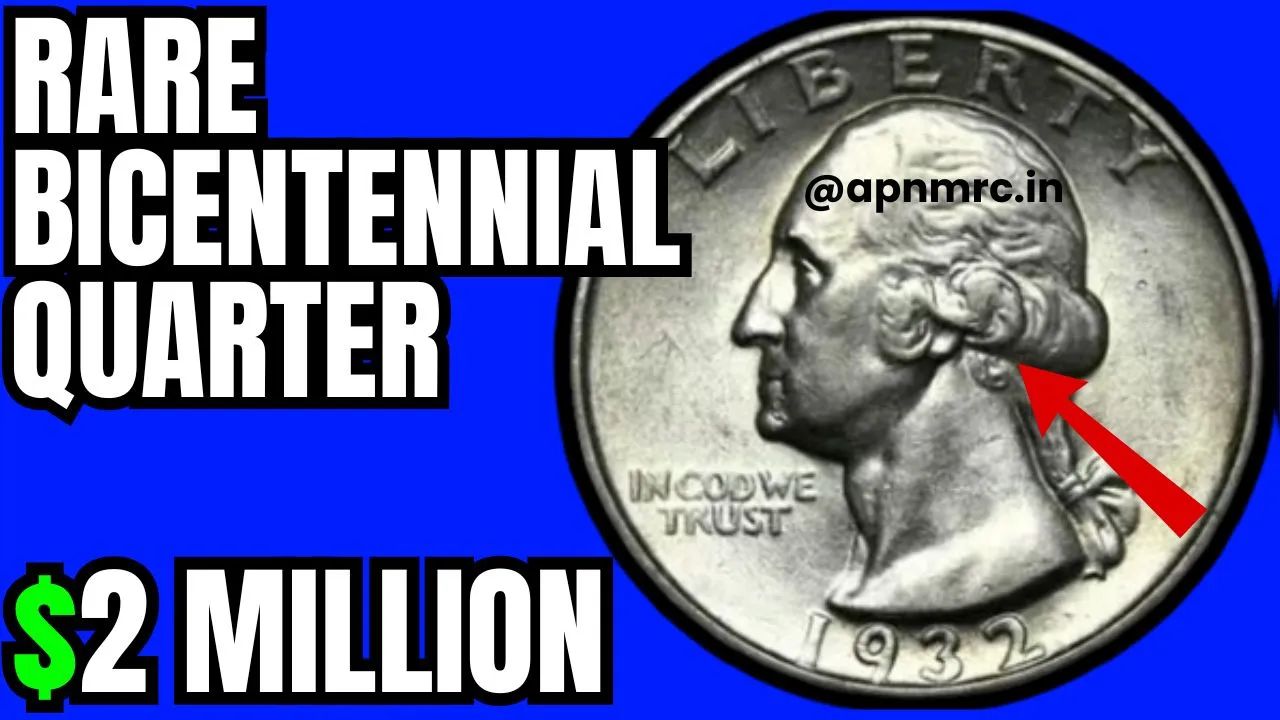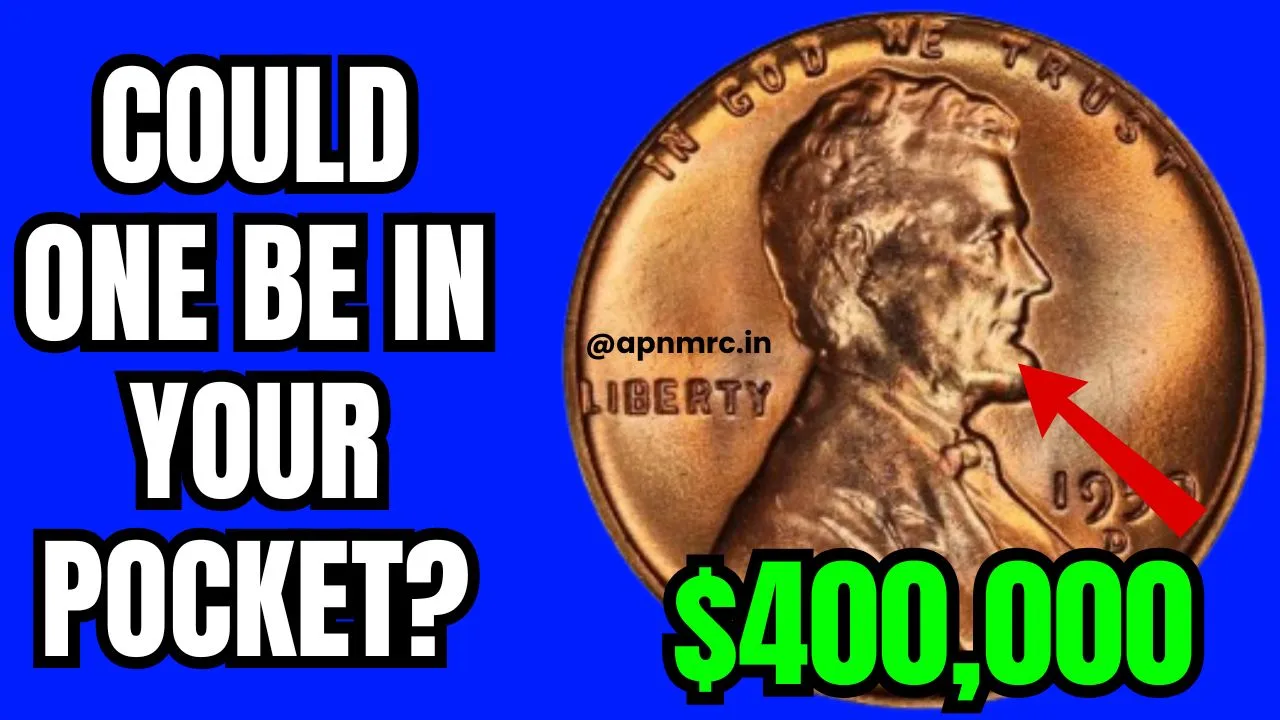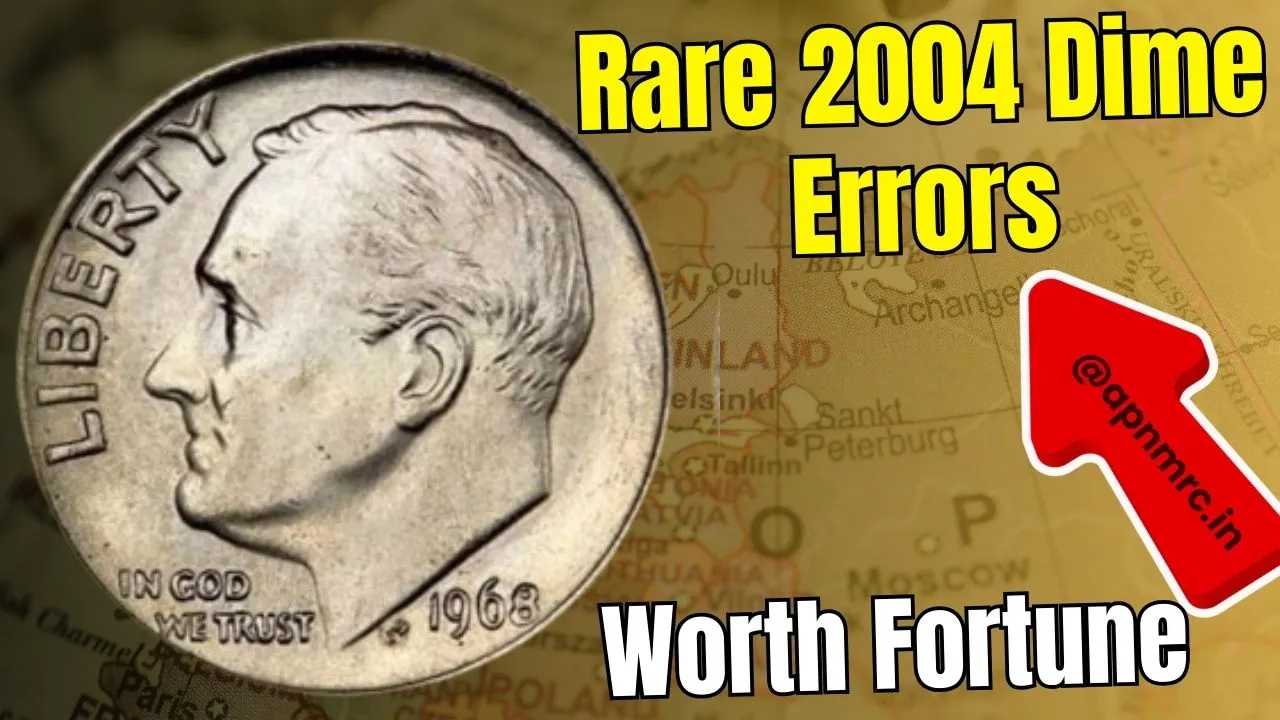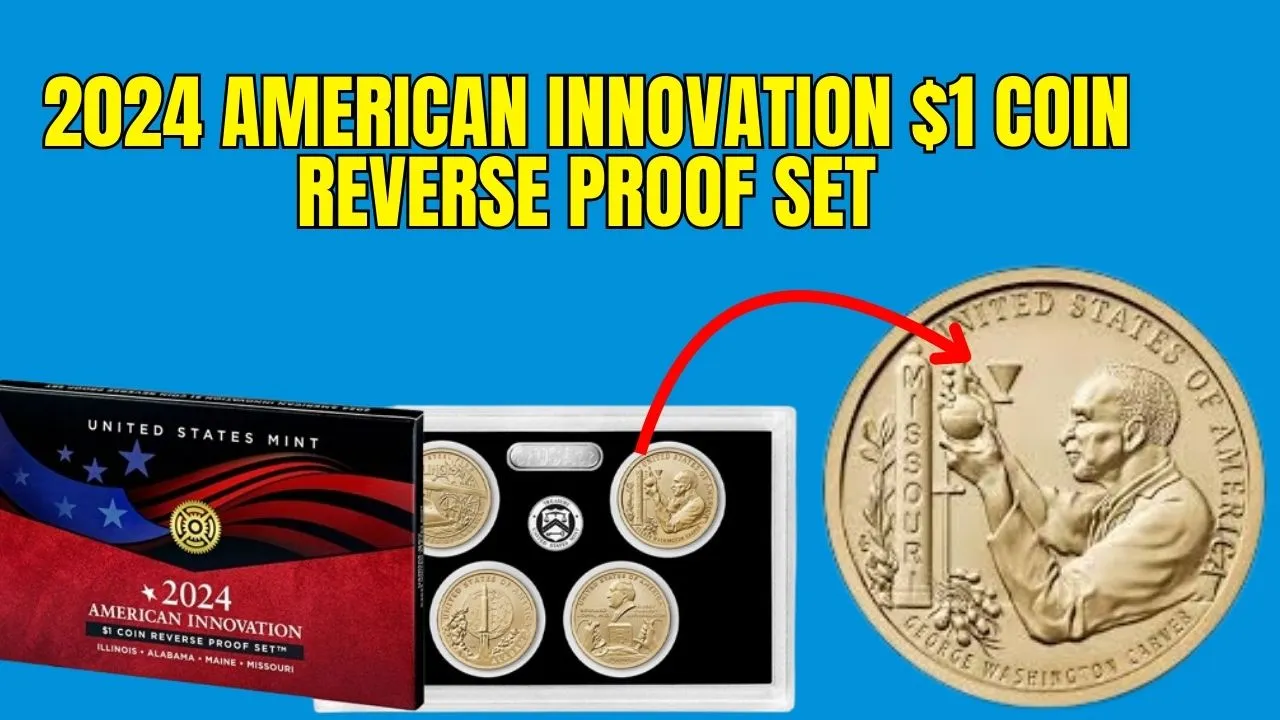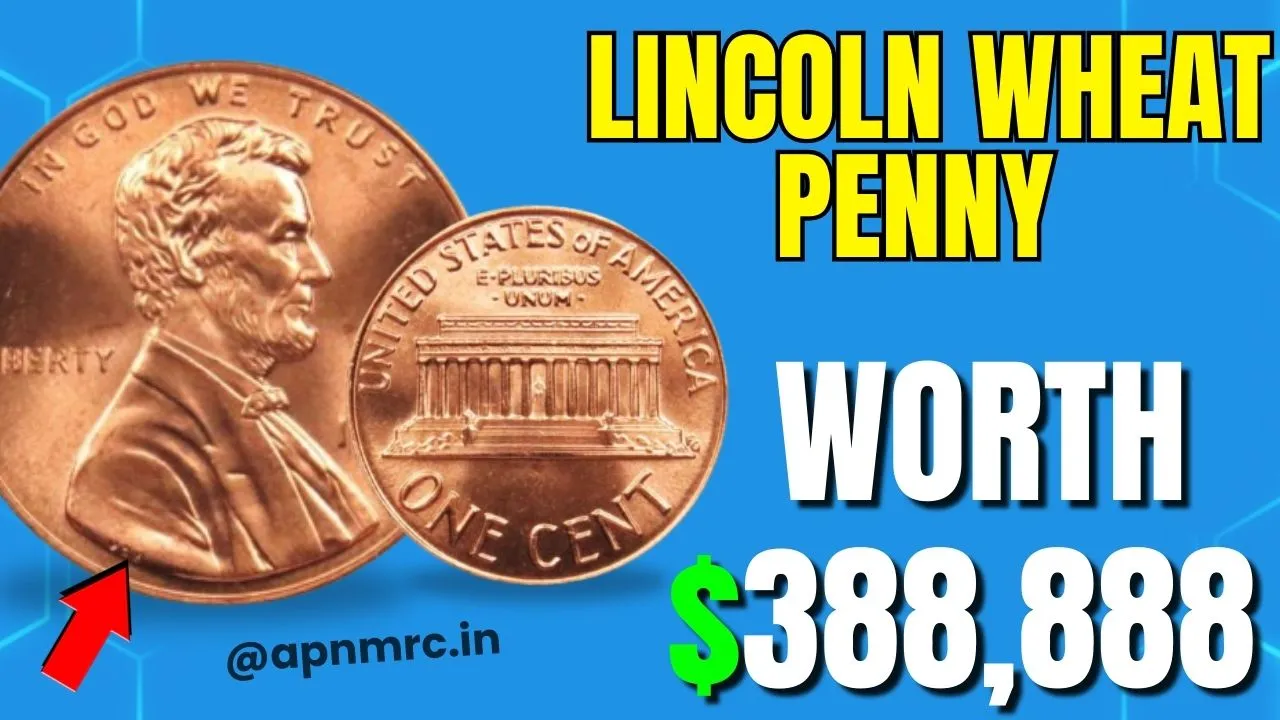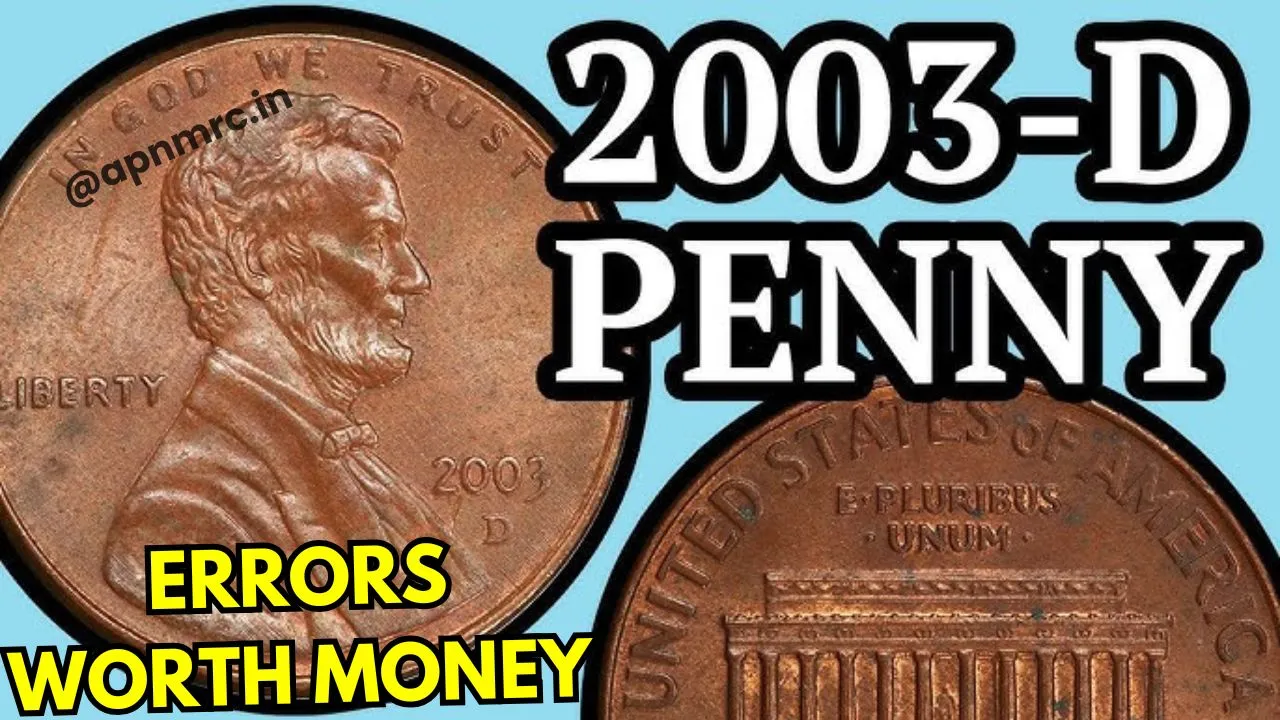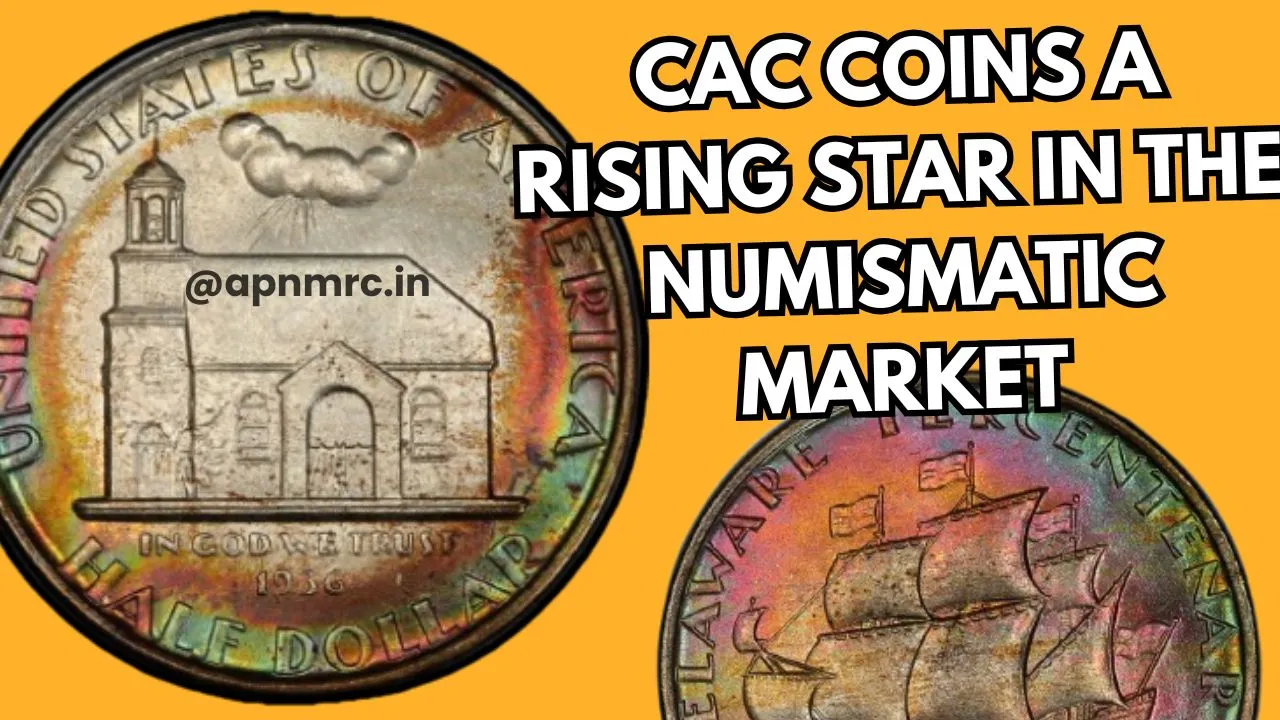Rare Bicentennial Quarter Worth $2 Million: The Rare Bicentennial Quarter has become a legend among coin collectors and enthusiasts. Initially produced to commemorate America’s 200th birthday in 1976, most of these quarters were ordinary. However, a few special versions of the coin have skyrocketed in value, with some fetching up to $2 million. Could you unknowingly be carrying a piece of history in your pocket?
This article dives into the fascinating story behind the Rare Bicentennial Quarter, how to identify it, and why it’s such a prized possession. We’ll also look at other coins of exceptional value and provide tips for spotting rare treasures in your everyday change.
Overview Table: Rare and Valuable Coins
| Coin | Estimated Value | Key Features |
| Rare Bicentennial Quarter | $2 million | Limited silver variant with a drummer boy design |
| Flowing Hair Dollar (1794) | $30+ million | First U.S. dollar coin; Lady Liberty and eagle design |
| 1933 Double Eagle | $30+ million | Survivor of the Great Depression’s gold recall |
| Brasher Doubloon (1787) | $30+ million | First American gold coin with “EB” mint mark |
| Saint-Gaudens Double Eagle | $30+ million | Artistic masterpiece by Augustus Saint-Gaudens |
| Liberty Head Nickel (1913) | $30+ million | Unauthorized minting; only five known examples |
What Is the Rare Bicentennial Quarter?
The 1976 Bicentennial Quarter was released as part of a series to celebrate America’s 200th anniversary. These coins featured a unique design on the reverse: a drummer boy flanked by a torch and 13 stars representing the original colonies. While millions were produced, only a fraction were struck in a 40% silver composition, making these versions exceedingly rare.
Collectors highly value these coins for their limited production, historical significance, and distinctive design. The silver variants, especially those in mint condition, are among the most sought-after collectibles in U.S. numismatic history.
Why Is It Worth $2 Million?
The Rare Bicentennial Quarter owes its extraordinary value to a combination of factors:
- Limited Silver Production: Only a small number of these quarters were struck using 40% silver, a material typically reserved for special issues.
- Mint Mark: Most valuable versions feature an “S” mint mark, denoting their origin at the San Francisco Mint.
- Historical Significance: Issued during America’s bicentennial celebrations, these coins capture a pivotal moment in national history.
- Pristine Condition: Coins in uncirculated or proof condition are exceptionally valuable.
- Market Demand: With a growing number of collectors, the rarity and desirability of these coins have driven prices to astronomical levels.
How to Identify a Rare Bicentennial Quarter
Not every Bicentennial Quarter is worth a fortune. To determine if you have a rare version, look for these key traits:
- Check the Edge: The silver versions will not have the copper core visible on standard quarters.
- Look for the Mint Mark: Rare silver quarters often have an “S” mint mark, found near the coin’s date.
- Test the Weight: Silver quarters are slightly heavier than their copper-nickel counterparts.
- Inspect the Condition: Coins that appear uncirculated or are labeled as proof are far more valuable.
What Makes Rare Coins So Valuable?
Rare coins like the Bicentennial Quarter represent more than just monetary worth; they’re a window into history. Each coin tells a story of its era, capturing cultural, political, and economic significance. The combination of artistry, rarity, and historical context elevates these coins to an elite status among collectors.
For example, coins such as the Flowing Hair Dollar and the 1933 Double Eagle aren’t just currency—they’re artifacts from pivotal moments in American history, preserved in metal.
Other Coins Worth Millions
Beyond the Bicentennial Quarter, several other coins have achieved legendary status. Here are some highlights:
1. Flowing Hair Dollar (1794)
- Value: Over $30 million
- Why It’s Special: The first dollar coin issued by the United States, symbolizing the nation’s financial independence.
2. 1933 Double Eagle
- Value: Over $30 million
- Why It’s Special: Survived the gold recall during the Great Depression, making it a rare piece of monetary history.
3. Brasher Doubloon (1787)
- Value: Over $30 million
- Why It’s Special: The first gold coin minted in America, with its creator’s signature “EB” mark.
Starting Your Coin Collecting Journey
If coins like the Rare Bicentennial Quarter have sparked your interest, here’s how to begin your collecting journey:
- Educate Yourself: Research the history and value of coins to understand what makes them special.
- Examine Your Change: Rare coins often turn up in everyday transactions, so keep an eye on your pocket change.
- Invest in Tools: A magnifying glass, coin holders, and reference guides are essential for any collector.
- Join a Community: Connect with other enthusiasts through forums, local clubs, or social media groups.
- Seek Professional Appraisals: If you think you’ve found a rare coin, consult a reputable dealer or grading service.
FAQs
1. How can I tell if my Bicentennial Quarter is valuable?
Check for the silver composition, an “S” mint mark, and pristine condition.
2. Are all Bicentennial Quarters rare?
No, only the 40% silver versions or those with unique errors are considered rare.
3. Where can I sell a Rare Bicentennial Quarter?
You can sell it at auctions, online platforms, or through certified coin dealers.
4. What other coins should I look out for?
Keep an eye out for older U.S. coins like the Liberty Head Nickel or Saint-Gaudens Double Eagle.
5. How should I store valuable coins?
Store them in protective holders in a cool, dry environment to prevent damage.
Final Thoughts
The Rare Bicentennial Quarter is a fascinating reminder that treasures can often be found in the most unexpected places. Whether you’re a seasoned numismatist or a curious beginner, the world of rare coins offers endless opportunities to explore history and potentially uncover financial windfalls.
Have you ever discovered a valuable coin in your pocket change? Share your stories in the comments below, and don’t forget to explore more about the exciting world of collectibles. Who knows—you might just strike gold!
